The alarm bells have been sounding throughout the war in Ukraine, warning loudly that if Kyiv falls, an emboldened Russia could set its sights on NATO next. In such a devastating fight, airpower and airspace control could be decisive.
The Russian air forces have underwhelmed over the past 2 ½ years of war, but they also have rapidly adapted and scored wins through tactics such as stand-off bombing and synchronized drone and missile barrages. Other elements of the aerospace forces have also effectively denied Ukraine the chance to shift the battlefield from the skies.
“It’s been surprising they’re adapting over time through trial and error,” Justin Bronk, an airpower expert at the UK’s Royal United Services Institute, said.
From what this war has shown, to counter the Russians, NATO needs more air defenses, new ways of countering drones, and new basing concepts. Without these, the alliance could face a nastier fight should the worst come.
That’s according to interviews with a dozen air-warfare experts, including former fighter pilots and current and former Western military commanders and officers.
Experts told Business Insider the Ukraine war has underscored how some elements of modern air combat are radically changing. Advancing technologies have upended the operating environment in the skies, and extensive surface-to-air-missile networks are creating battlespaces almost impenetrable for older aircraft and still daunting for newer, more-advanced planes.
Russia’s air force hasn’t done as well as expected
The intense fighting in Ukraine has given the West a better picture of the Russian military’s capabilities and revealed that many earlier assessments of its strength were overblown.
Some vaunted Russian weapons, such as S-400 air defenses, T-90M tanks, and “hypersonic” missiles deemed unstoppable, have not always lived up to the hype.
But Russia’s problems have extended beyond its weapons. Russia botched the initial invasion by failing to establish air superiority from the start, and it has been unable to synchronize its air and ground forces.
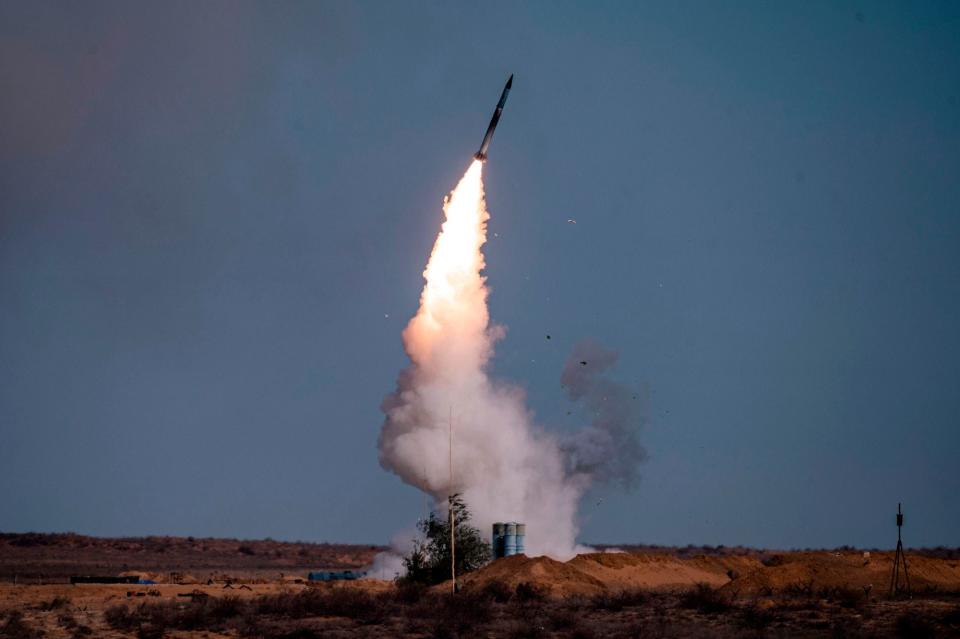
While Russia has some fairly capable systems and weapons in Ukraine, “the employment is extremely poor,” Bronk said, highlighting unforced errors like Russia shooting down its own aircraft despite rigid command structures that should prevent such mistakes.
On the battlefield, effective airpower should aid the advance of armored combat vehicles and infantry by striking an enemy’s strongpoints, as well as the reinforcements and supplies they depend on. To do this, aircraft must fly overhead of ground forces — or nearby — to target enemy positions.
Russia has failed to achieve this kind of coordination or secure air dominance.
Andrew Curtis, an independent defense researcher, described Russia’s support for its ground troops, especially in the early days of the war, as “little short of woeful.”
“I think that surprised quite a lot of Western observers,” he said.
Russia has demonstrated that it’s unable to suppress or destroy enemy air defenses, fly effective counterair missions, or run complex composite air operations like those the US Air Force pulled off in the opening days of Desert Storm in 1991 and then in the Iraq invasion in 2003.
These failures have thwarted Russian efforts to overcome Ukraine’s air defenses and enable significant breakthroughs on the ground, Mark Cancian, a retired Marine Corps colonel and a senior advisor at the Center for Strategic and International Studies, said.
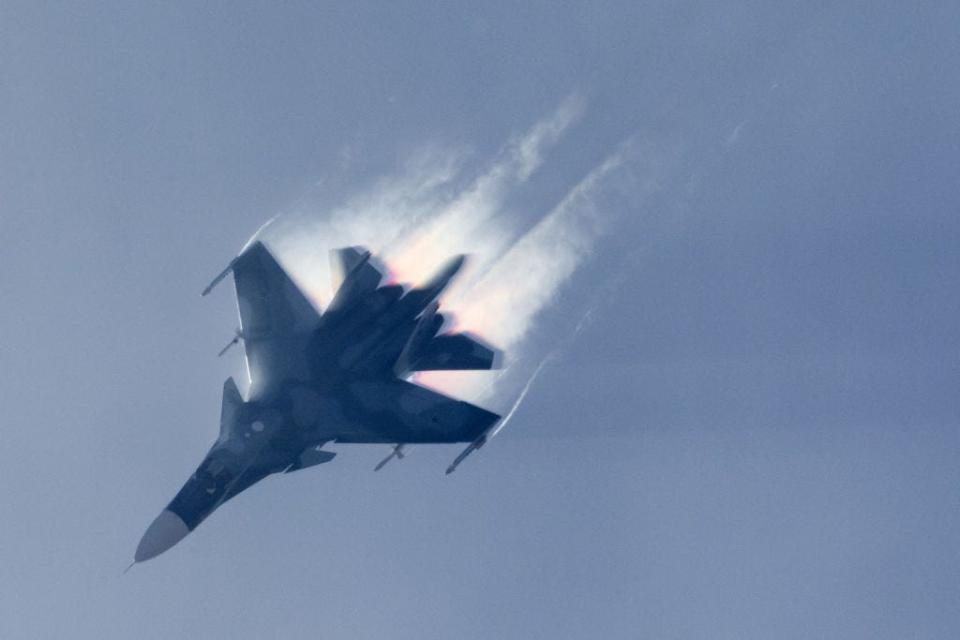

“The Russian air force is a lot more vulnerable than we thought it would be,” Guy Snodgrass, a former TOPGUN instructor and retired US naval aviator, said.
“What the Ukraine war has shown is that their capabilities were significantly overstated,” he added, though he said it would be a “mistake” to dismiss the Russian threat.
Russian air forces have also scored some wins
Despite its inadequacies, Russia’s airpower has scored some wins that shouldn’t be understated, and it still holds some capabilities in reserve.
Russian bombers have pummeled Ukraine with long-range missiles fired from within its airspace, and fighter-bombers have bombarded Ukraine’s defensive lines with guided glide bombs. The glide bombing has shattered defenses and contributed to Ukraine’s battlefield losses and withdrawals in recent months.
Russia has developed bombs fitted with guidance kits that can be launched from beyond the reach of ground-based air defenses or air-to-air missiles.
It’s now ramping up production of these devastating weapons, and it has yet to deploy some of its more-advanced air assets.
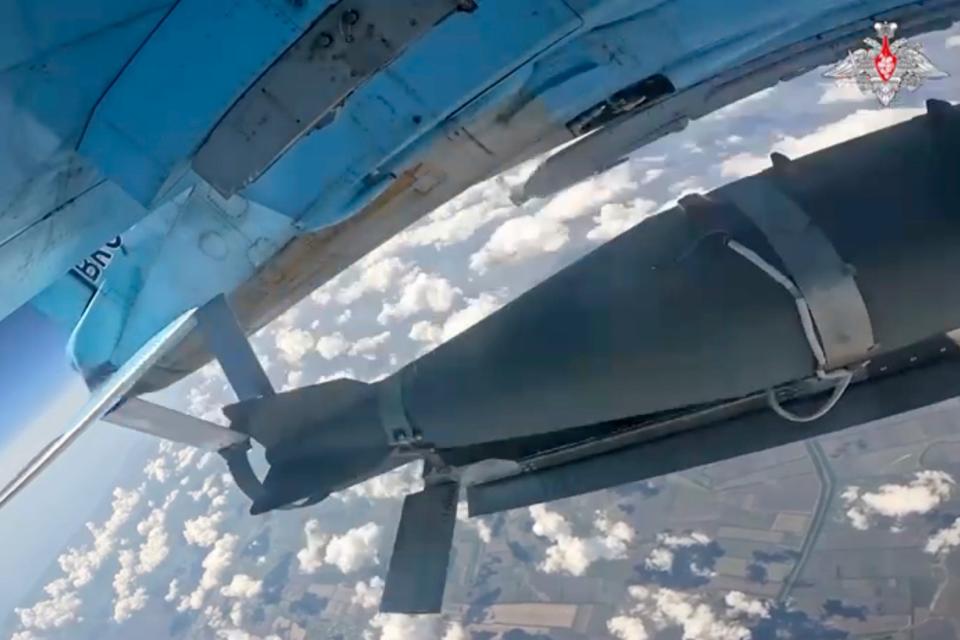

Russia has also shown it can field a robust air-defense umbrella — similar to the one Ukraine has built with Western help — layered with powerful radars, electronic-warfare systems, and missiles.
Neither Russia nor Ukraine has managed to secure lasting air superiority because both sides can detect each other’s aircraft and eliminate them with a large arsenal of surface-to-air missiles.
Ukraine has lost at least 135 fixed- and rotary-wing aircraft, while Russia has lost nearly double that figure, the open-source intelligence site Oryx reported in February. The destruction of so many fighter, bomber, and transport aircraft on both sides underscores the threat posed by air-defense systems.
Russia could challenge NATO’s historical air dominance
Since the end of the Cold War, the US and its Western allies have enjoyed the clear advantages of having the superior air force — or the only air force — in conflicts they have fought around the world, from Europe to the Middle East. And in fights like Desert Storm and the Iraq War, the West established air superiority by taking out its opponent’s air defenses.
Russia would be a very different opponent. It has the territory and industry to build and field massive and sophisticated air defenses that an opponent may struggle to destroy.


And “should the Russian military succeed in a limited land invasion, it would immediately establish surface-to-air missile (SAM) coverage over any captured territory,” Can Kasapoğlu, a Hudson Institute nonresident senior fellow, said recently. “In this scenario, NATO airpower would need to fly intensive missions focused on the suppression and destruction of enemy air defenses.”
Experts and Western military officers have said that in such a fight, the US and its allies, even with fleets of fifth-generation stealth fighter jets, likely would find it difficult to establish the same level of air dominance they’ve largely had since the end of World War II.
Giorgio Di Mizio, an air-warfare expert at the International Institute for Strategic Studies, said that a fight with Russia would likely be “quite different from all the scenarios that we have faced over the last decades, where there was no contestation of the air domain.”
In future fights, it may be possible for the US to achieve air superiority only in bursts — small windows in a specific time, place, and location where air defenses are missing, destroyed, or out of ammo, Gen. David Allvin, the US Air Force chief of staff, said on the “War on the Rocks” podcast in January.
“It’s not a given, and it’s been a given for the last 30 years,” Gen. James Hecker, the commander of NATO’s air command, said earlier this year. He said NATO hadn’t been serious about fighting Russia since the end of the Cold War, but the military alliance was taking steps to strengthen its air capabilities.
“If we can’t get air superiority, we’re going to be doing the fight that’s going on in Russia and Ukraine right now,” Hecker said. “And we know how many casualties that are coming out of that fight.”
An initial Russian attack could surprise
Russia failed to execute a decisive shock-and-awe blow at the start of the war in Ukraine. That doesn’t mean NATO can expect the same, but it would be a vastly tougher enterprise against 32 states, many of which are armed with advanced fighter jets and air-defense networks, than it was in Ukraine.
The Russian air force can’t meet Western air forces air to air in a major attack without being “shot to pieces,” Bronk said. But that’s not all that Russia brings.
The Russians could attempt a surprising and impactful opening attack, experts said. For example, the Russians could target vulnerabilities like satellites to try to disrupt the space-based communications and navigation NATO airpower depends upon.


And if Russia made “a dash for the Baltic republics, for example, in the first few hours or days of the war, there would be a lot to do for Western air forces,” Fabian Hinz, an IISS missile expert, said.
In this nightmare scenario, the Baltic states would need NATO airpower to stop a large Russian combat force from advancing, and the greatest threat to that endeavor likely would not be Russia’s air force but other capabilities, such as its air defenses.
Russia could be expected to use any aerial sanctuary to attack the Baltic defenders and inbound NATO troops with the drone and glide-bomb attacks it has used in Ukraine, as well as to menace Western Europe with an even larger missile campaign than Ukraine has faced thus far.
Col. Riivo Valge, deputy commander of Estonia’s air force, said “to decisively blunt this kind of theoretical attack, NATO should collectively invest into the air defenses of the whole Eastern flank.”
Crowded airspaces
The proliferation of drones and varying precision-guided missiles has dramatically changed warfare, driving a greater need for extended interceptor-missile inventories.
“The focus on UAS — unmanned aerial systems — and cruise missiles has been much greater than any conflict we’ve seen previously,” Mattias Eken, a missile-defense expert at the RAND Corp., said of the Ukraine war.
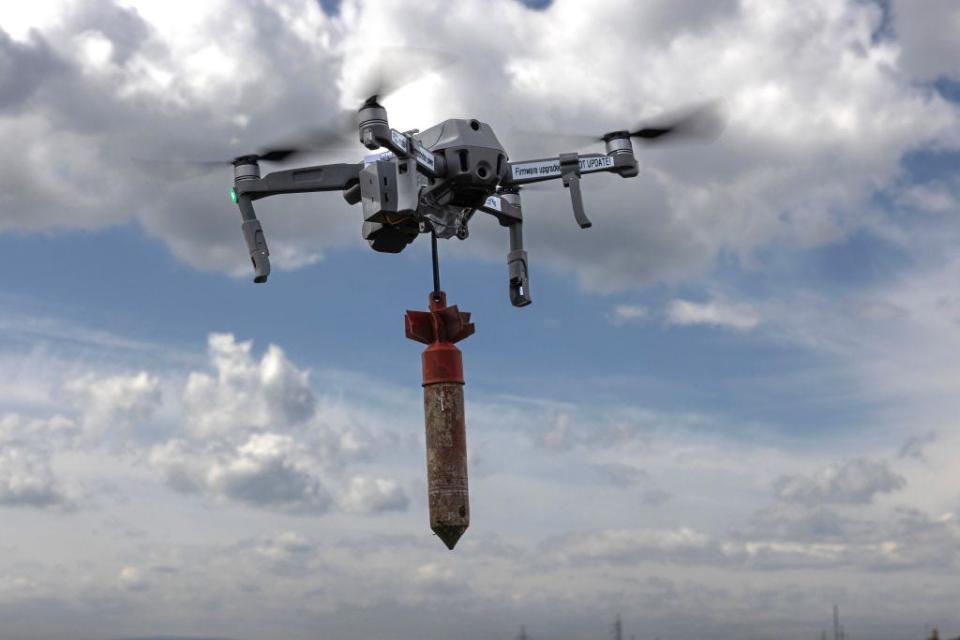

The conflict in Ukraine has heavily stressed stockpiles of precision-guided munitions, but Russia has supplemented its arsenal with Iranian-made and homemade one-way attack drones, particularly for strikes on cities and critical infrastructure. And, like Ukraine, the Russians have employed loitering munitions and cheap exploding first-person-view drones.
These threats collectively require layers of air defenses, electronic-warfare options, and more to defeat. As air-defense batteries fire away at higher-end threats, troops on both sides of the conflict have taken to defending their trenches from the FPV drones with shotguns.
Experts told BI that the West needs more systems to counter such threats, including inexpensive options to down cheaper missiles and drones instead of using million-dollar interceptor missiles. One option could be the interceptor drones Ukraine is developing.
Future fights will strain air defenses
Ukraine’s air-defense network is widely credited with stopping Russia from achieving greater gains and forcing it to fight a grinding ground war that has cost Russia absolutely staggering losses.
But the demand has been insatiable, and Valge, the Estonian air-force officer, said these defenses were the “most visible deficiency” in Western forces.
Others agreed. A former Western air force intelligence officer described Europe’s current missile defense network as “kind of patchy with a few Patriots here and a few Patriots there.” This person spoke on condition of anonymity as he was not authorized to speak about what he learned in the role.
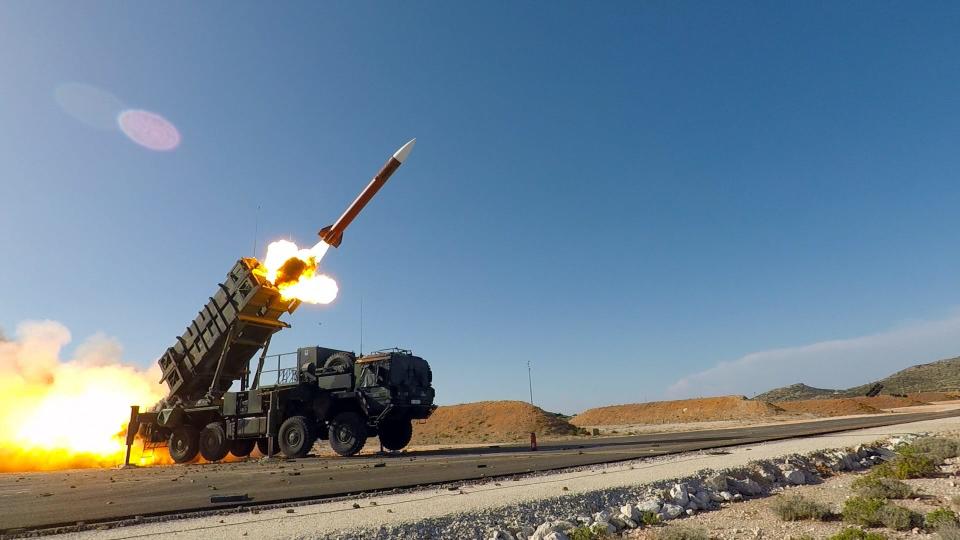

Cancian said that the West stopped investing significantly in air defenses after the Cold War and took its focus off the Russians, adding that it was considered a given it could achieve air dominance “in pretty much every environment that they were going to be operating in.”
In Ukraine, the world has seen that Western air defenses can shoot down incoming drones and missiles when they have sufficient coverage and enough ammo, and the performance has quelled doubts about the Patriot.
Demand for Patriot missiles is up, as demonstrated by several European countries’ requests to purchase them earlier this year and the new Western pledges to send Ukraine more Patriot batteries and components.
But the strain on air defenses is certain to be high in future fights. The ubiquity of drones and long-range missiles suggests that advancing armor columns will need to move forward with shields of electronic warfare and air defenses, assets that are even more important if these forces can’t count on friendly aircraft overhead.
In the opening phase of Ukraine’s highly anticipated summer 2023 counteroffensive, for instance, its advancing combat vehicles, among which were Western tanks and armored vehicles, were marred by Russian attack helicopters because of the lack of mobile air defenses that proved their worth elsewhere. And later, as Russia launched new assaults in the fall, Ukraine’s defensive response was hamstrung by ammunition shortages for its air defenses.


Lockheed Martin is ramping up its Patriot missile production, pushing for 550 annually, but in a fight with the Russians, more could be needed depending on how the West prioritizes its defense; each Patriot interceptor missile costs about $4 million.
There are other air-defense assets out there, but they face similar limits on manufacturing capacity and arsenal size as well.
“I don’t think we are learning the whole entire lesson just yet,” Timothy Wright, another missile expert at IISS, said.
Spreading out
Another lesson of the Ukraine war is that fixed bases are easy-to-find targets. Eken of the RAND Corp. said Ukraine managed to prevent its air force and air defenses from being destroyed in the first days of the invasion by spreading them out.
He described it as having units dispersed over a wide area but with a command-and-control system that could get them all to work together to defend or attack and urged the West to give the tactic additional consideration.
Russia didn’t start noticeably embracing this tactic until Ukraine began scoring hits against its air bases with long-range attack drones. While the West practices disaggregation to a certain extent, such as through highway operations and austere basing, it still heavily focuses on permanent bases.


Jarmo Lindberg, a former Finnish fighter pilot who previously served as the commander of the Finnish Defense Forces, said the idea of dispersal has been core for Finland as it formulates its military strategies with the threat of neighboring Russia in mind.
He said Russia’s invasion showed all frontline NATO states should adopt it.
But the shift wouldn’t be easy for all of NATO. An air base centralizes fuel and munitions storage, spare parts to repair planes, and the mechanics and air-traffic controllers who keep flight operations running. Dispersal increases the challenge of keeping all these airfields supplied and may spread its talent too thinly.
The former intelligence officer who spoke on the condition of anonymity said that it’s “a cultural thing that most Western air forces are used to operating from centralized bases.” But he advocated for a shift in how the West treats aircraft and command centers, saying that “lining them all up to get whacked is not really an option.”
NATO’s next move
A war where the much-larger and more-powerful NATO faces off against Russia would look different from Ukraine’s fight. But experts said the West must invest in its militaries now. Russia may be deterred if the West appears strong enough.
Bronk said that “it’s so much cheaper and easier” to invest now in the capabilities to deter Russia than it is “to actually invest in the forces capable of fighting an extended war for six months, a year, two years.”
Specifically, NATO needs to boost its air-defense capabilities along the alliance’s eastern flank, where member states have said they could be the first ones targeted by Russia should it succeed in Ukraine, and place a greater focus on force dispersal to make aircraft and their accompanying support assets less vulnerable to attacks.


Valge, the Estonian air-force officer, argued that “Russia understands strength.” The stronger NATO’s eastern flank is, he said, “the less room there will be for any fatal misunderstanding.”
That’s not to say NATO doesn’t already have a highly capable fighting force, including sophisticated air-defense systems available across Europe and fifth-generation fighters like the F-22 and F-35, as well as other stealth assets such as the B-2 bomber and the B-21 that’s set to eventually replace it. There are also a ton of combat-ready fourth-generation aircraft, including F-16s, F-15s, Mirages, Eurofighter Typhoons, and Gripens. And surface-to-surface missiles are making a comeback. But there are questions of whether it has the arsenal and manufacturing base for an extended war.
“Nobody really wants an air war with Russia,” said John Baum, a Mitchell Institute expert and retired US Air Force lieutenant colonel. “It is not a highly desirable thing, I think, from either side, to want to have this air war.” But the West can’t afford not to be ready for it.
Read the original article on Business Insider
Source Agencies

